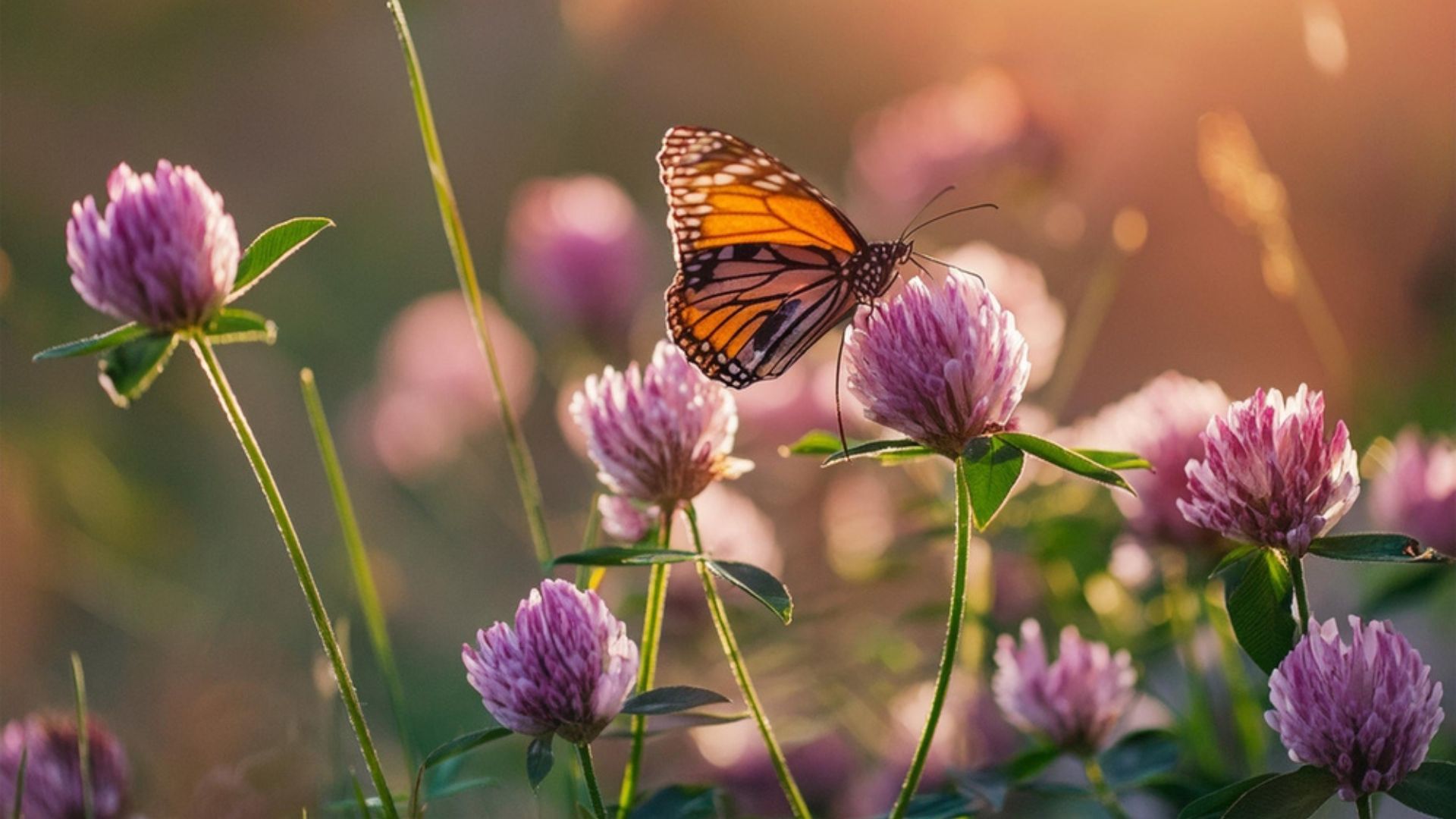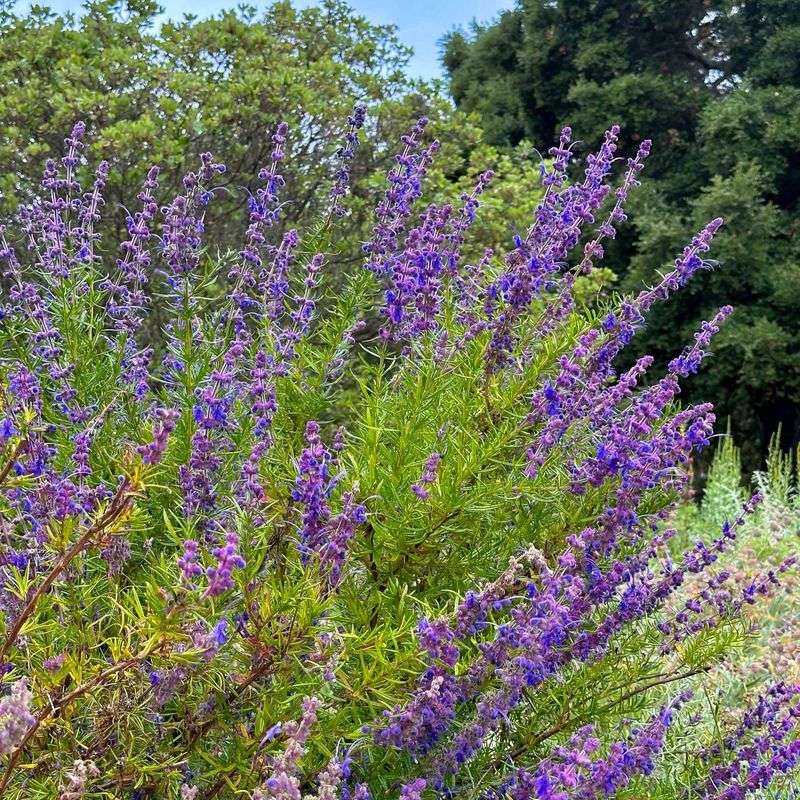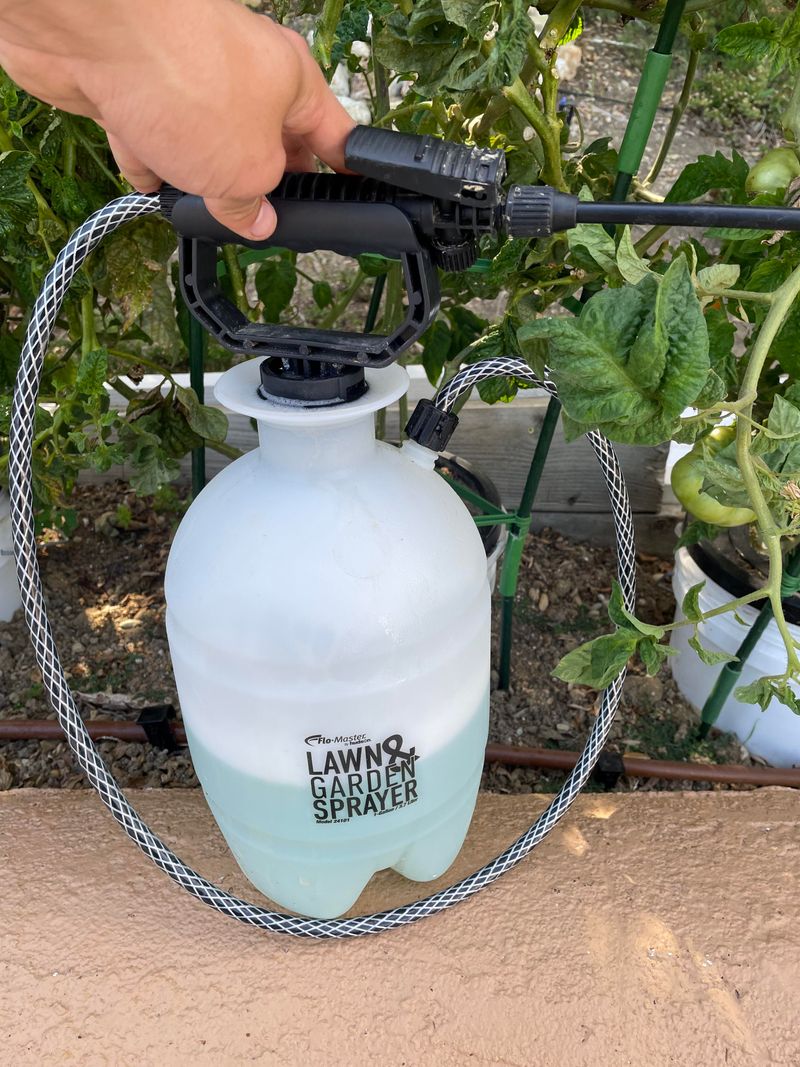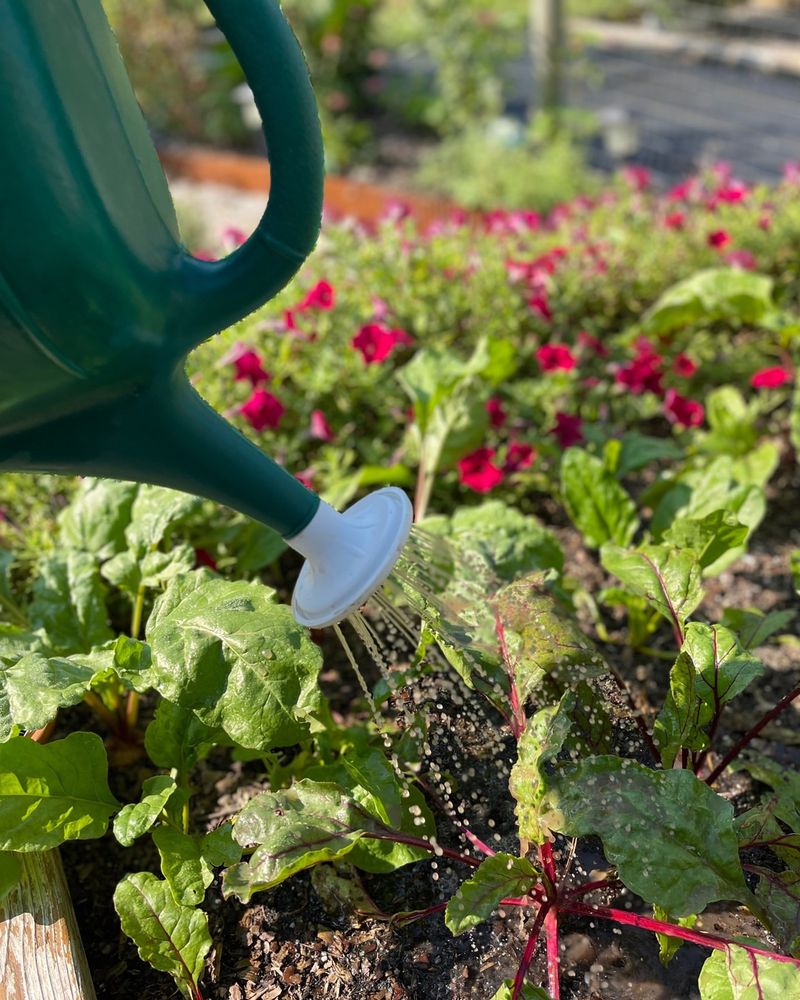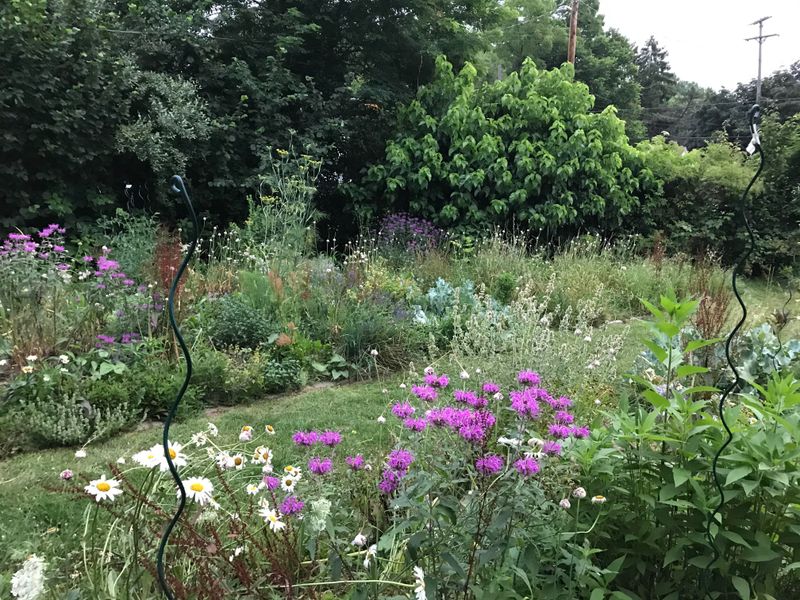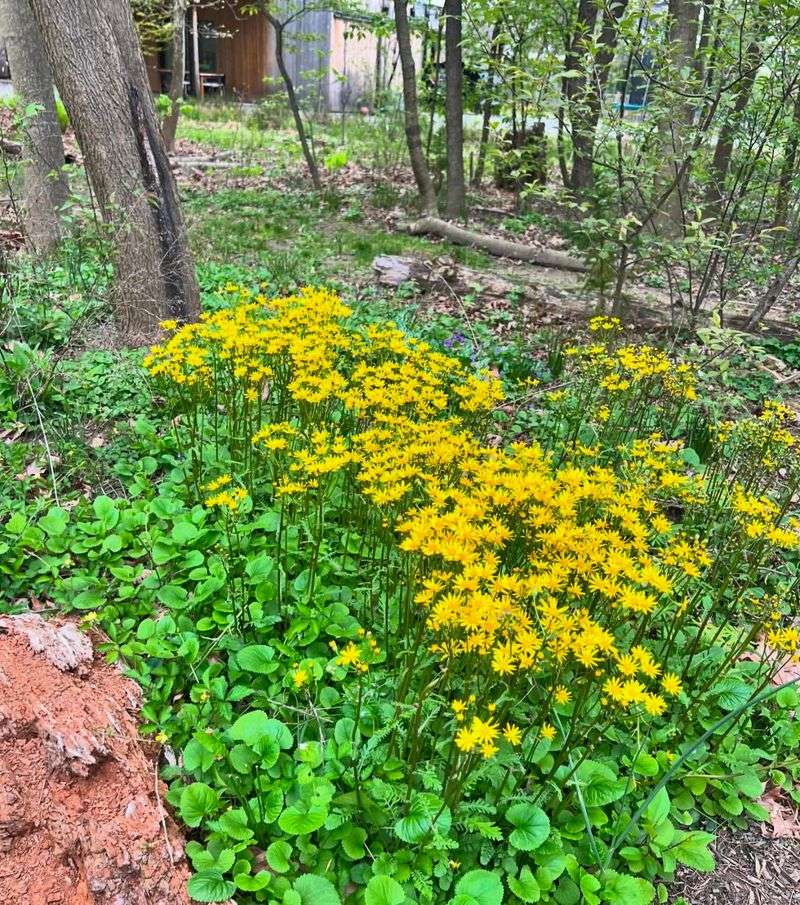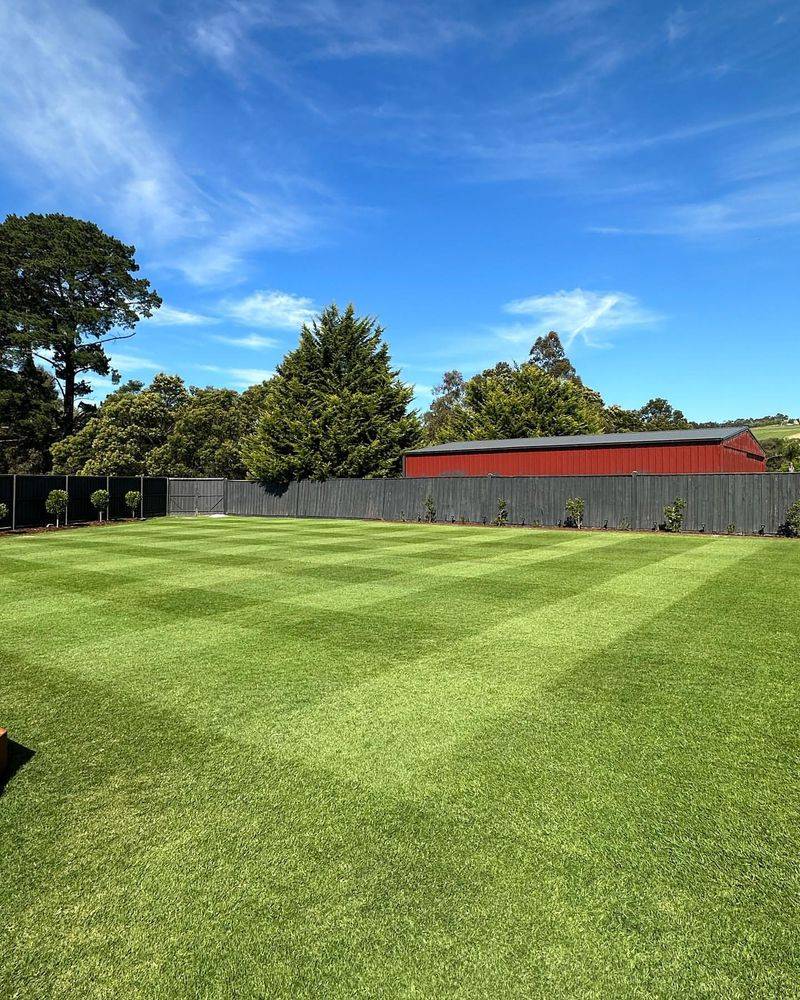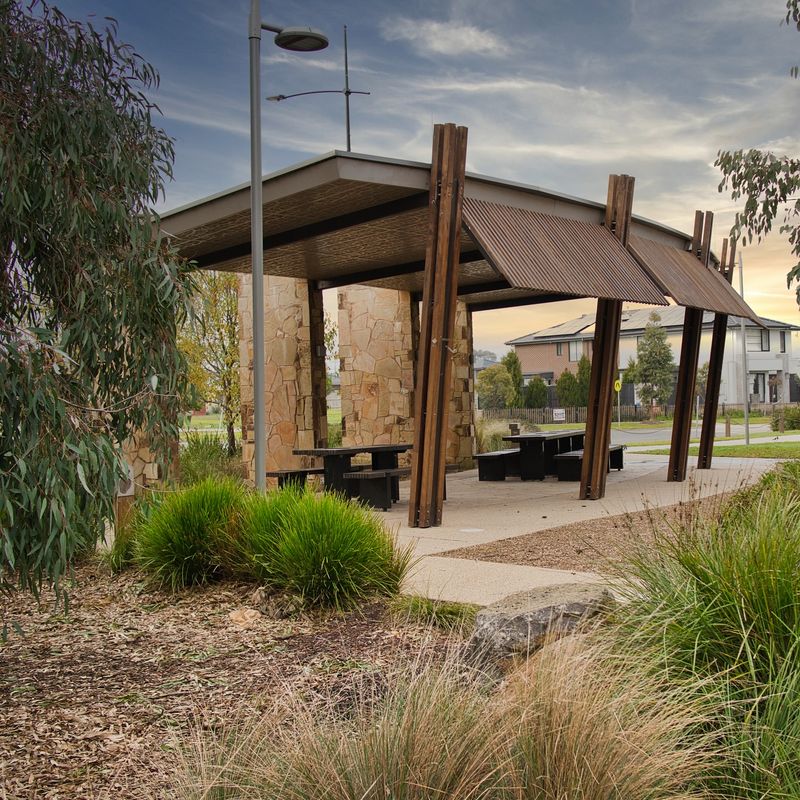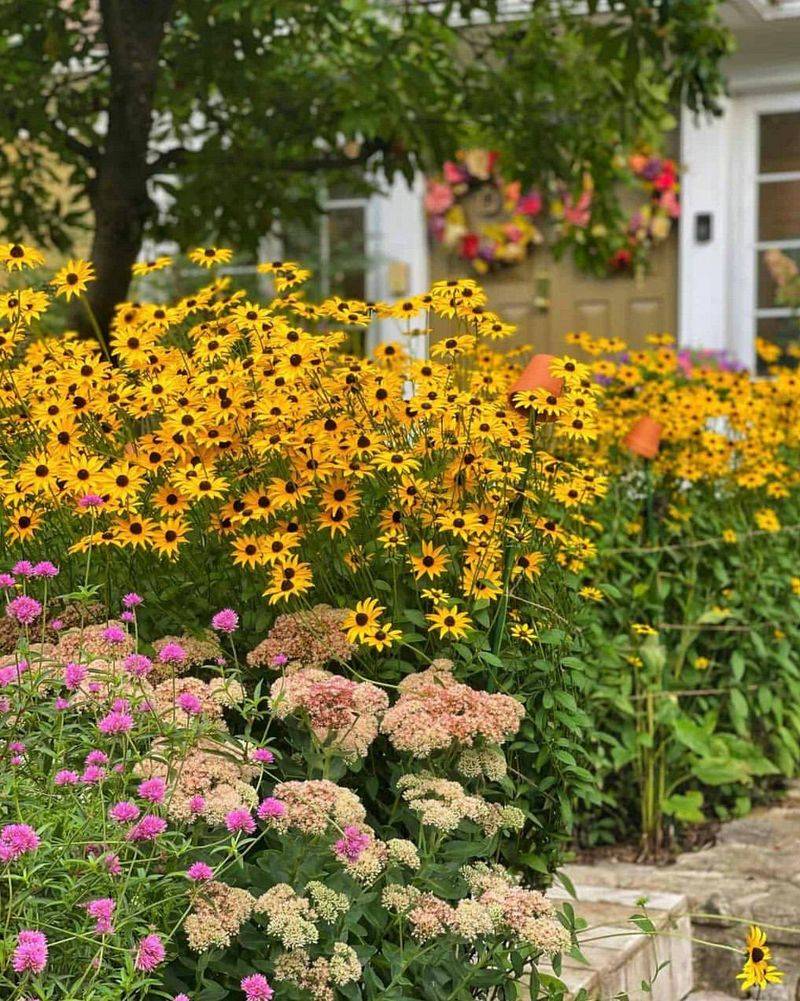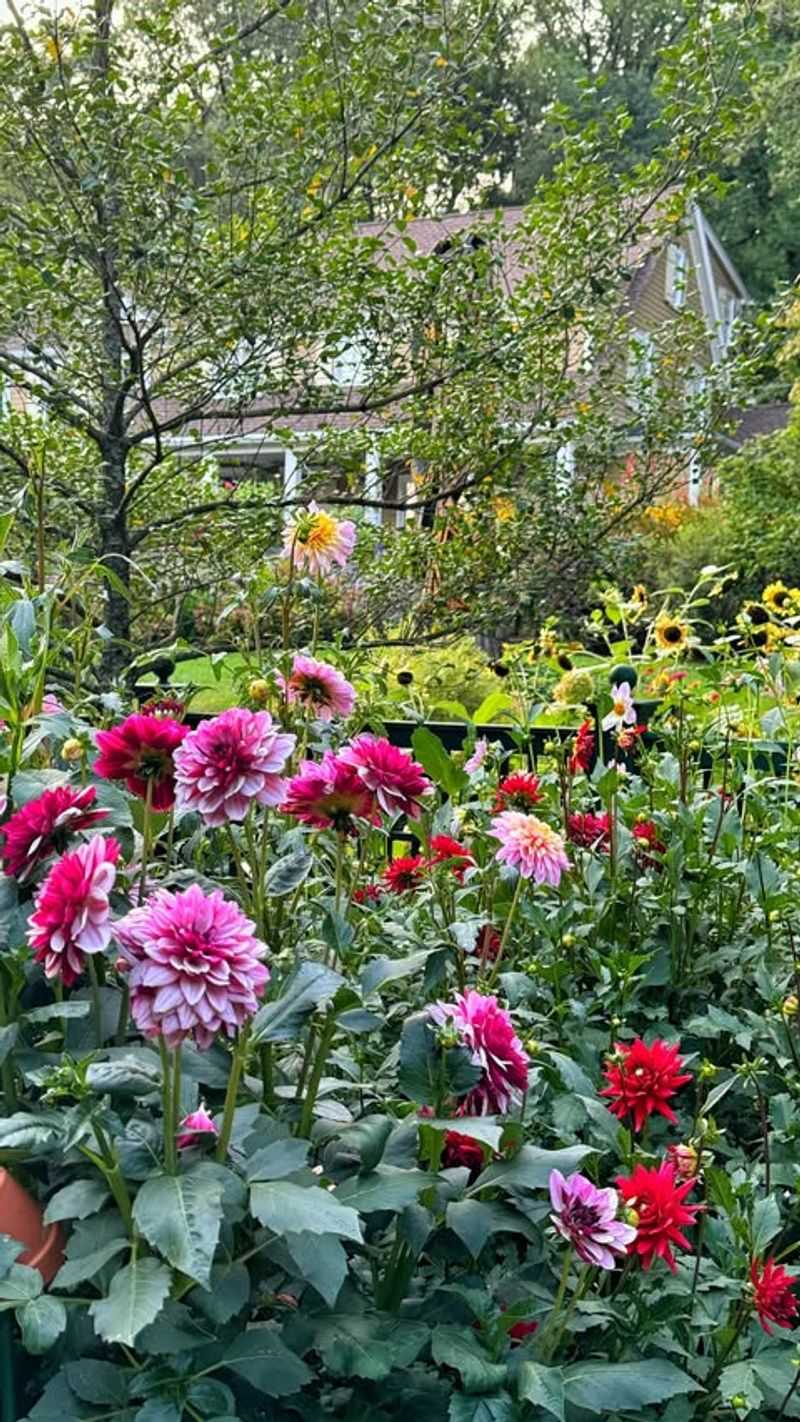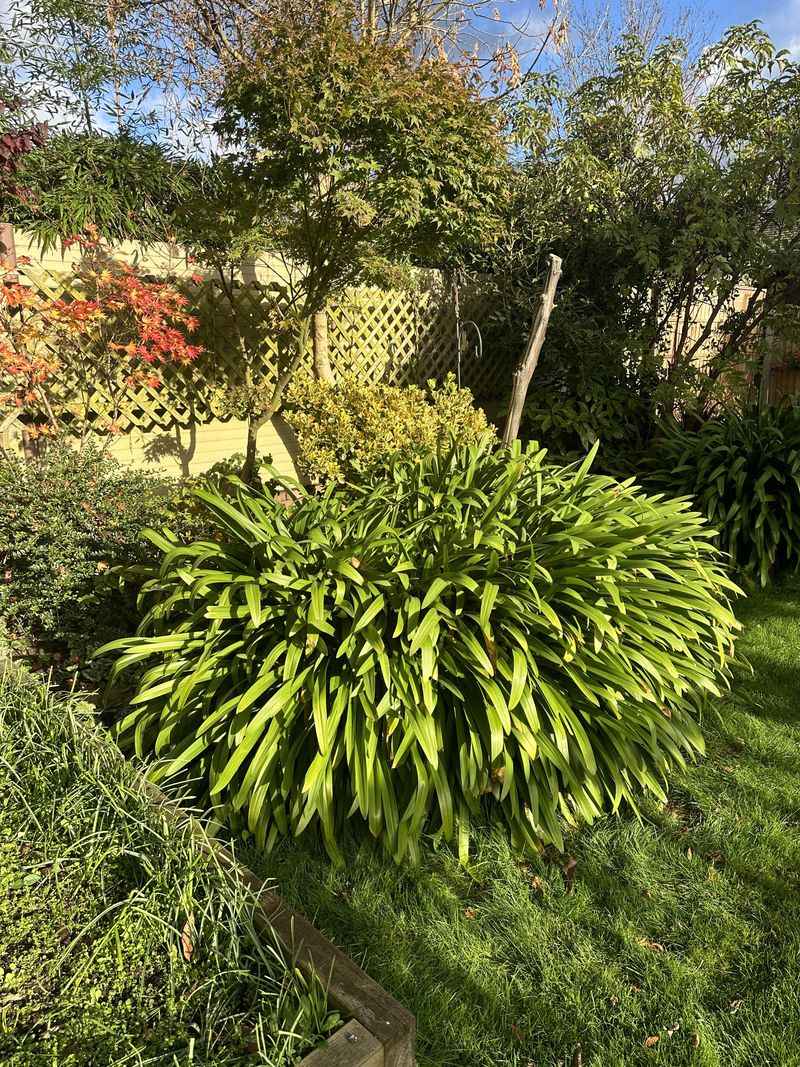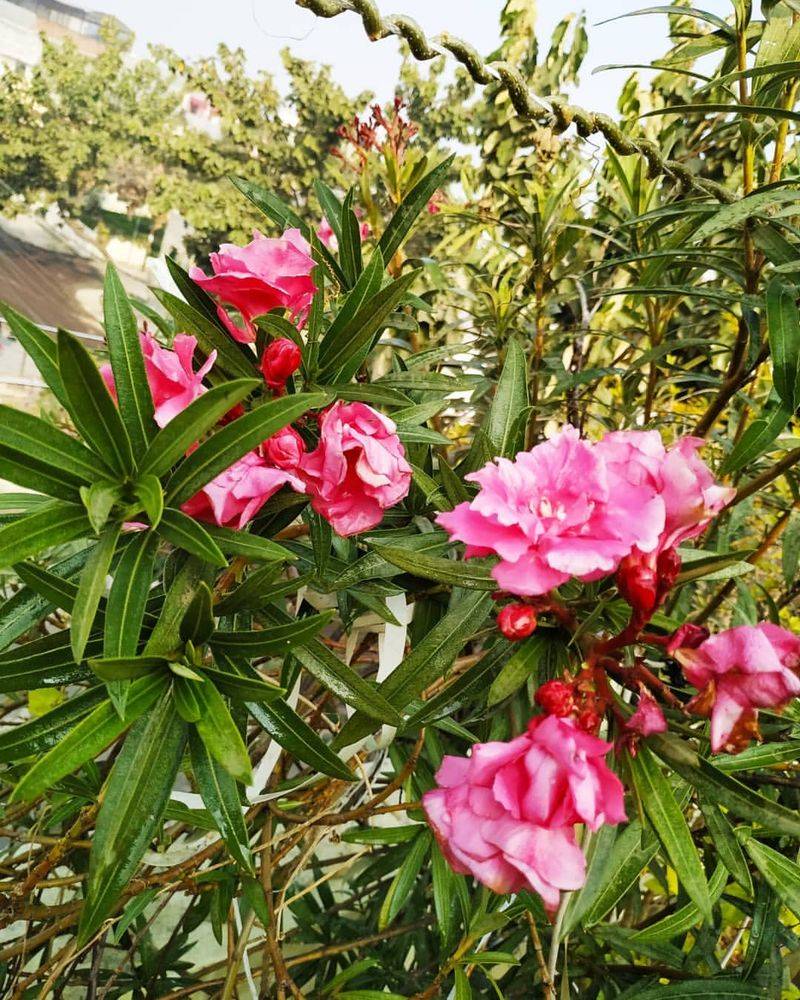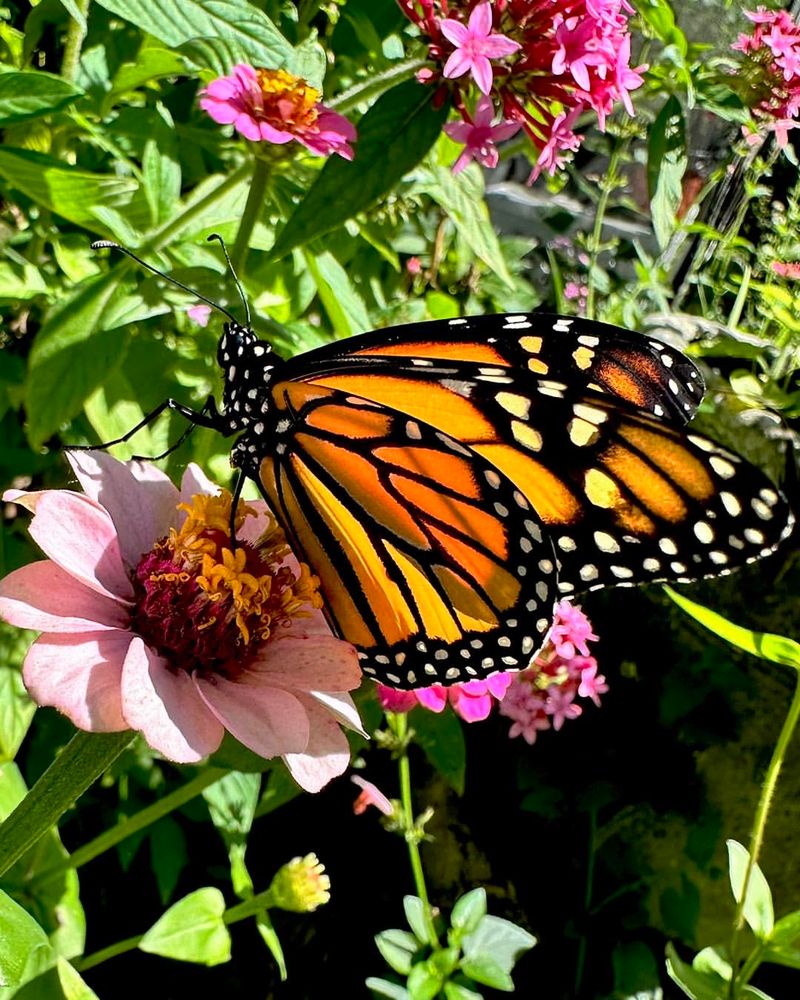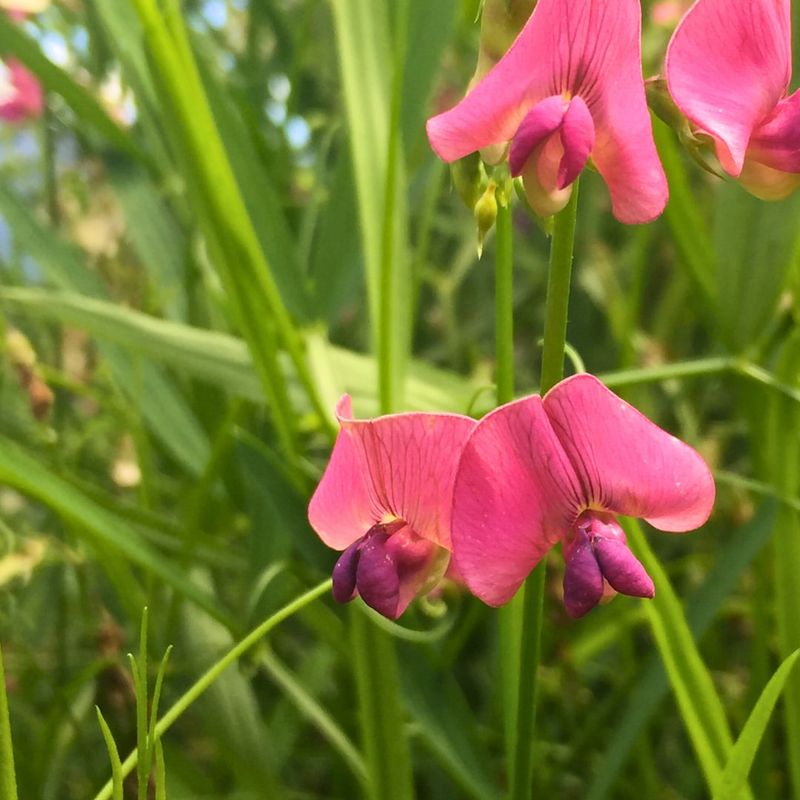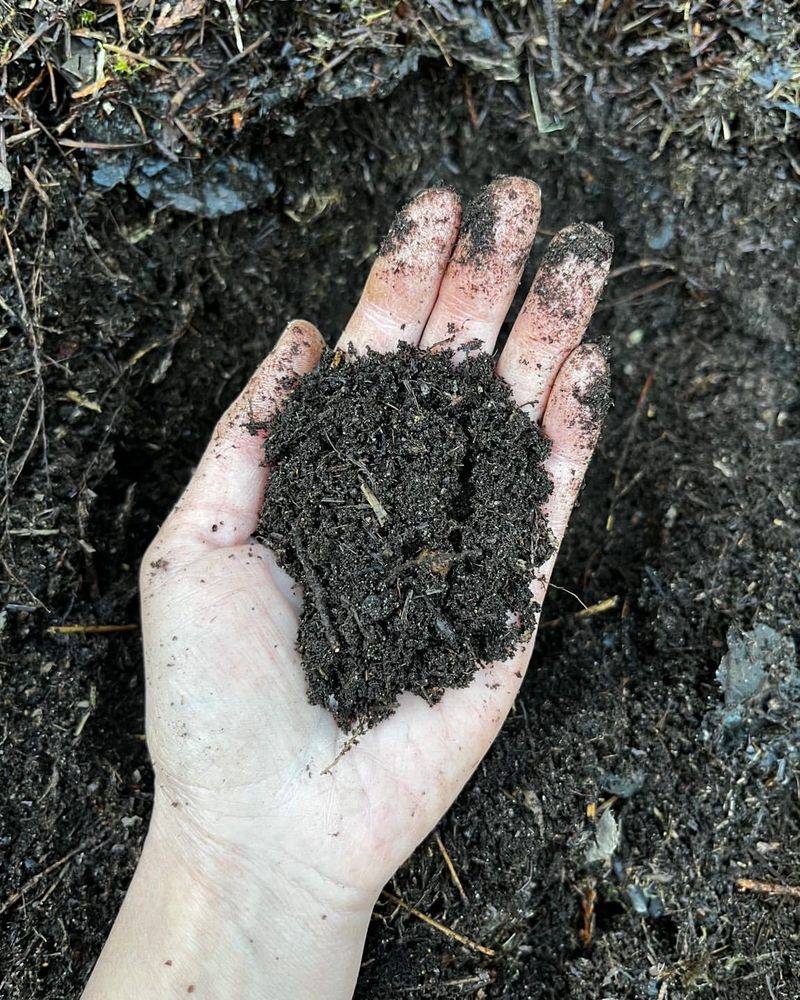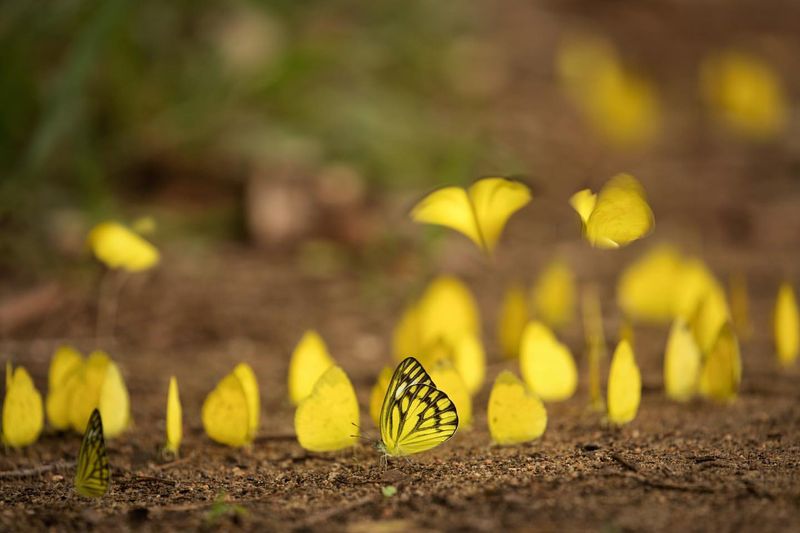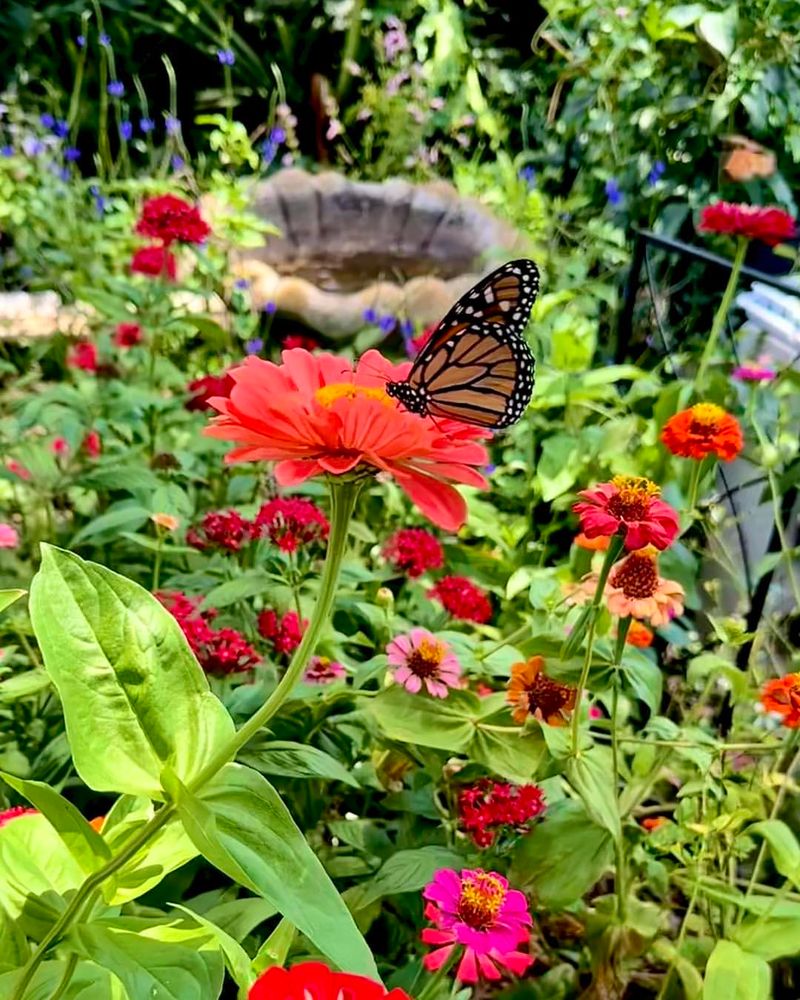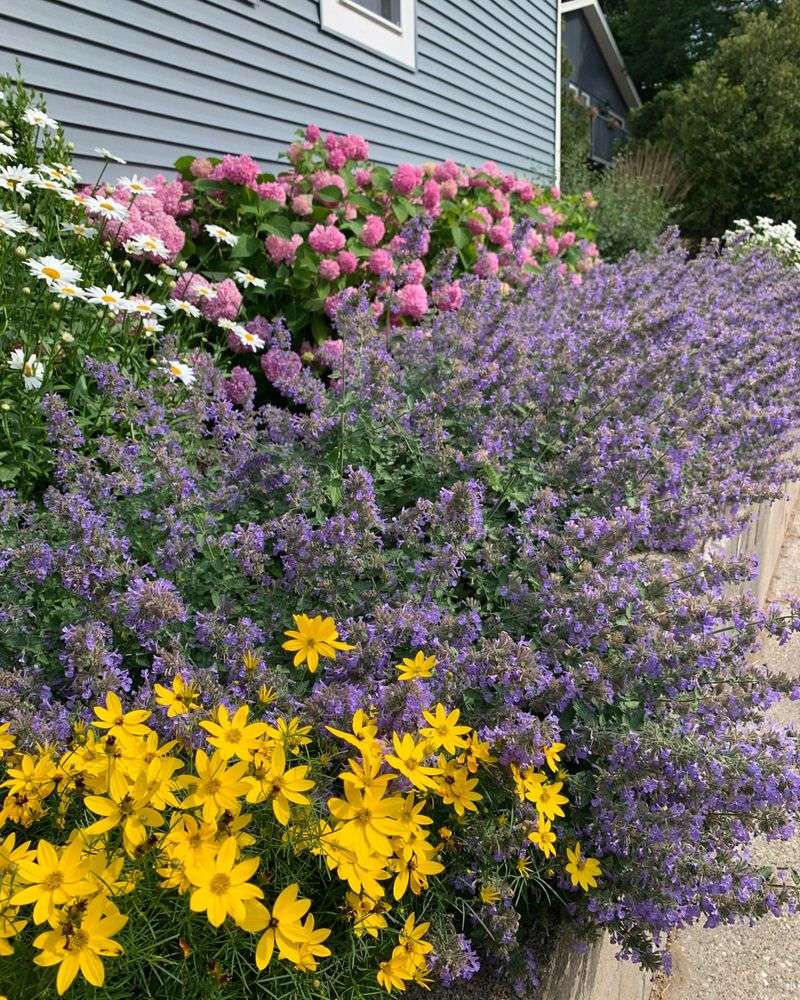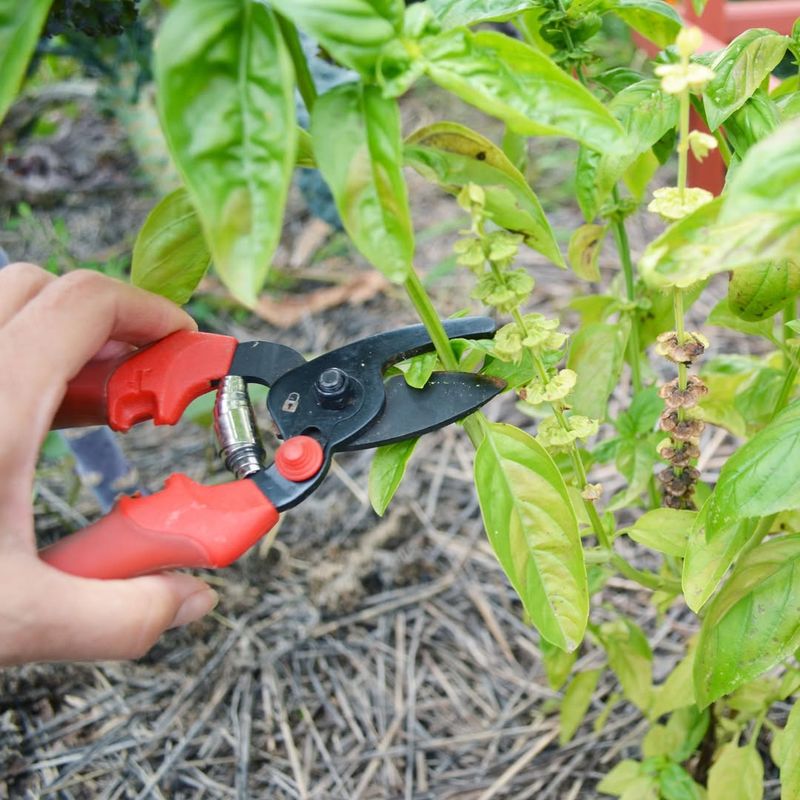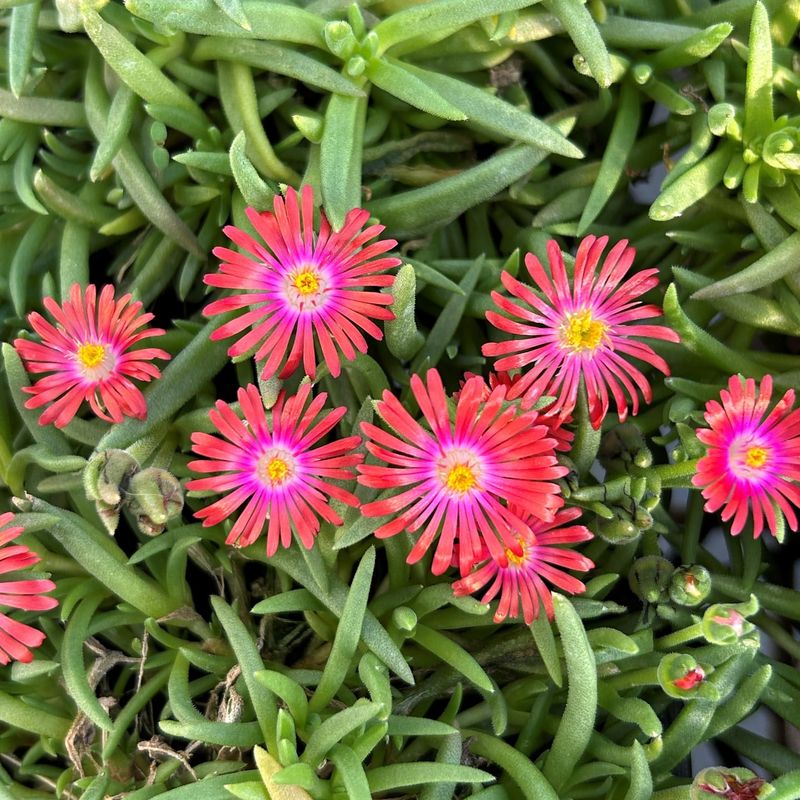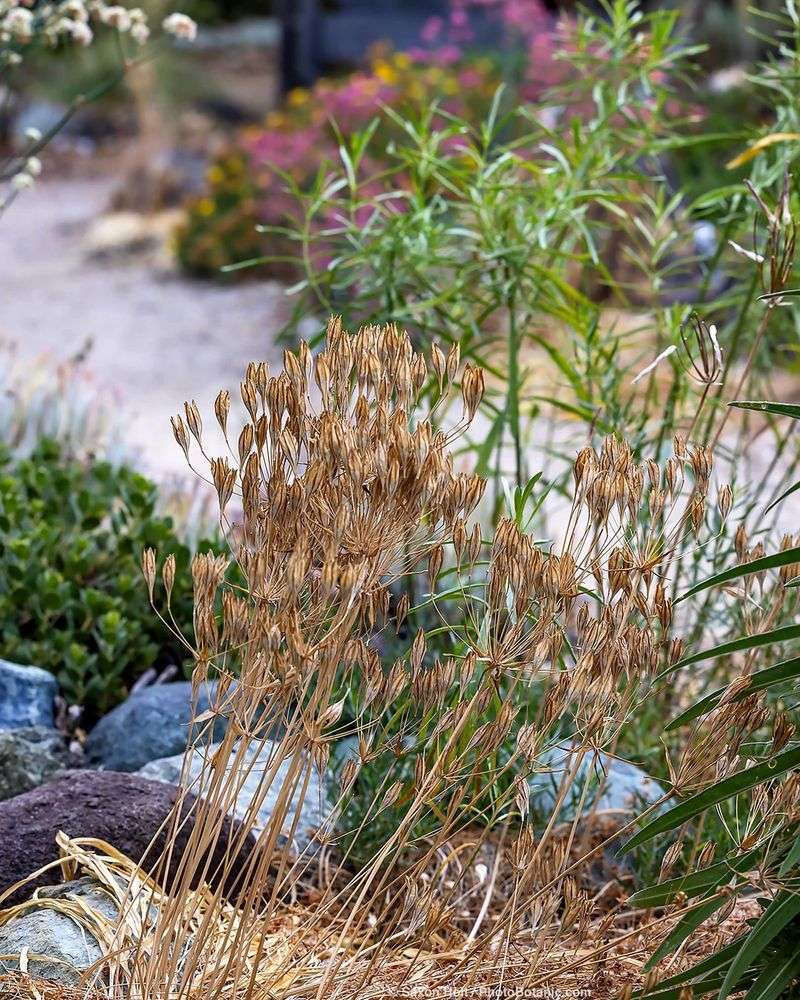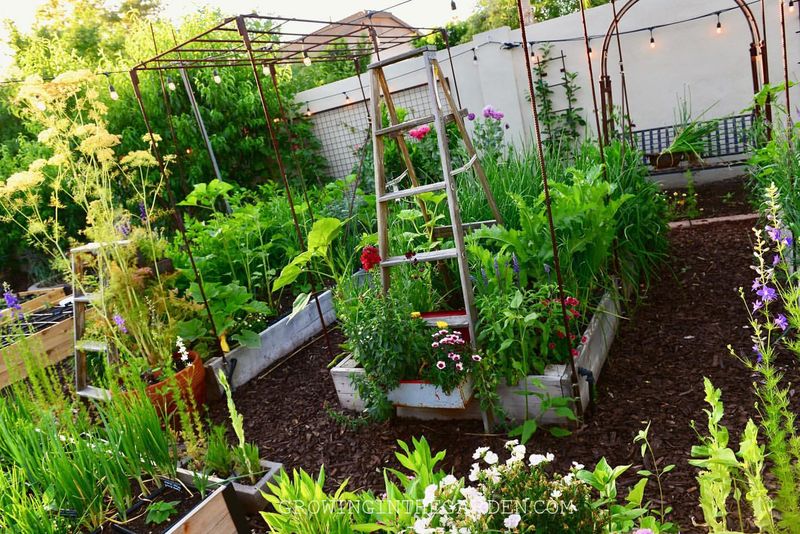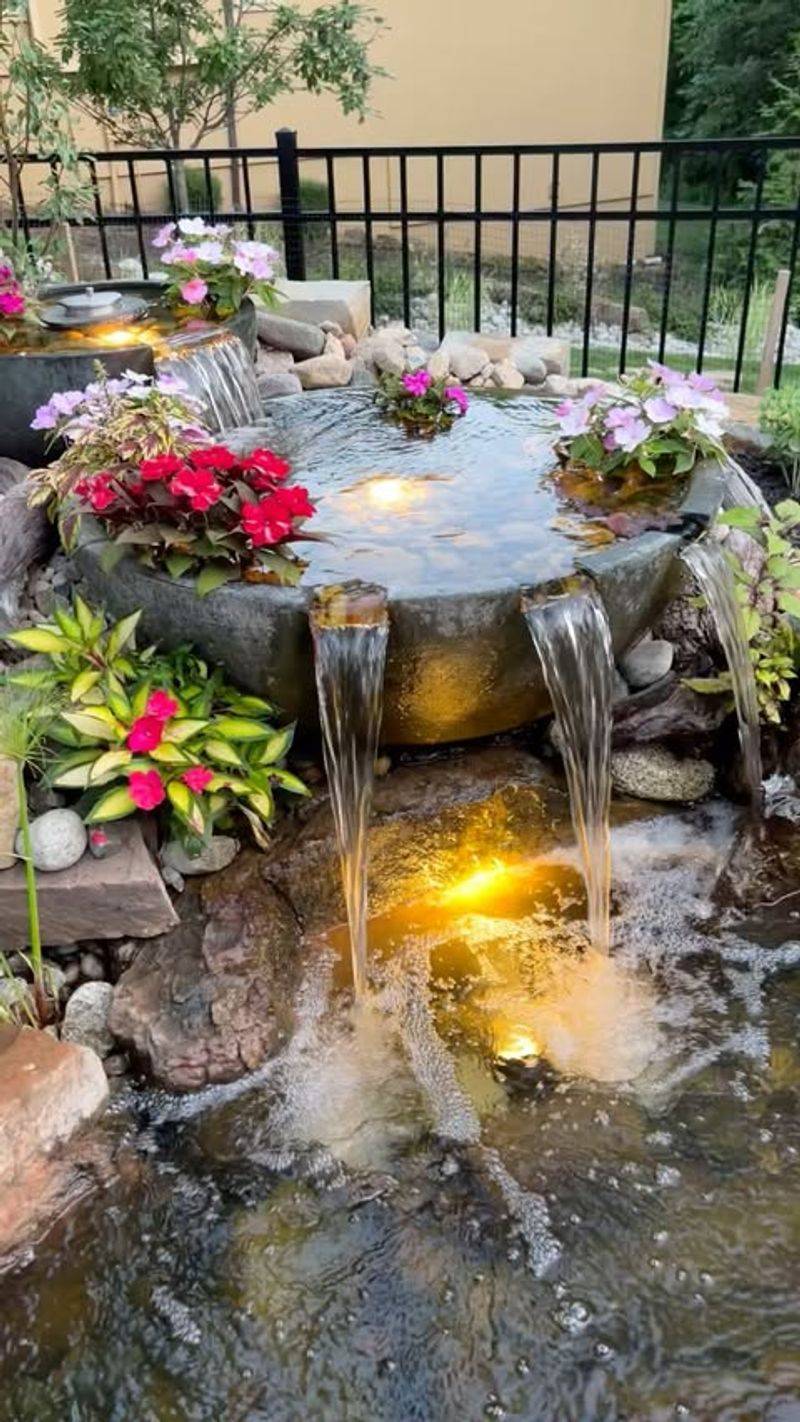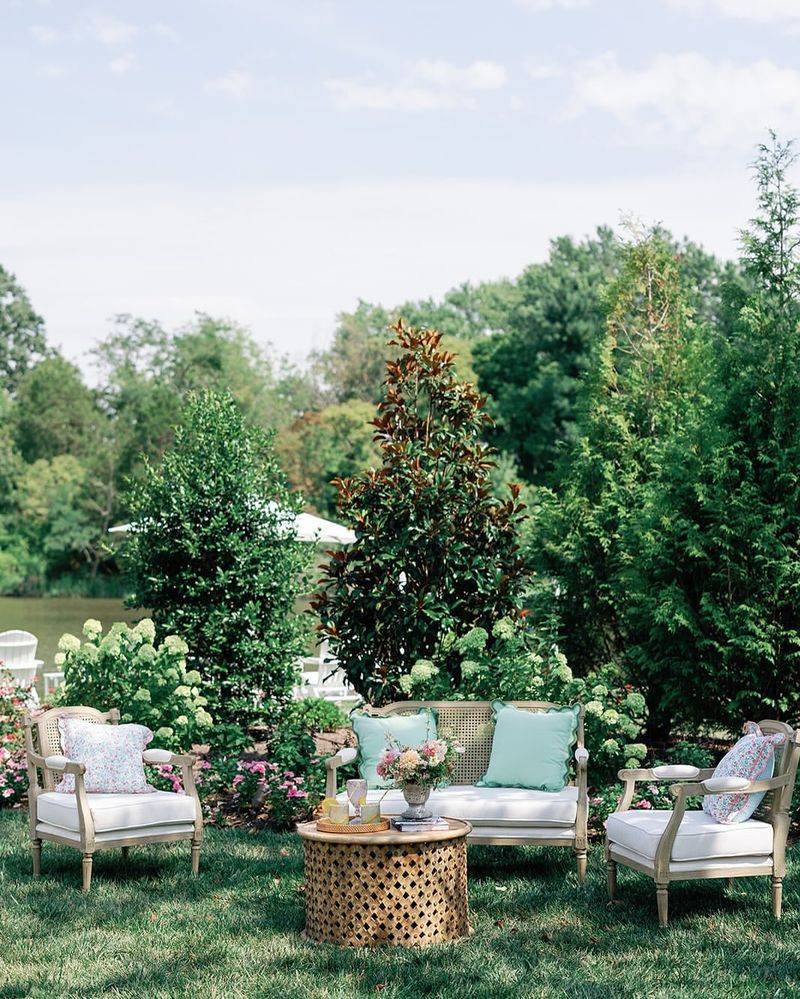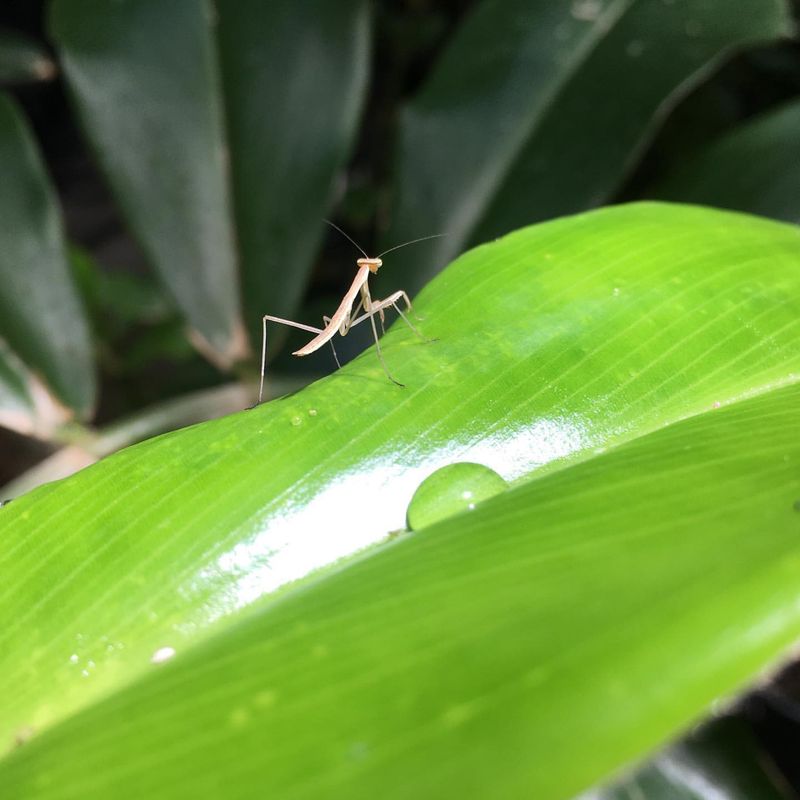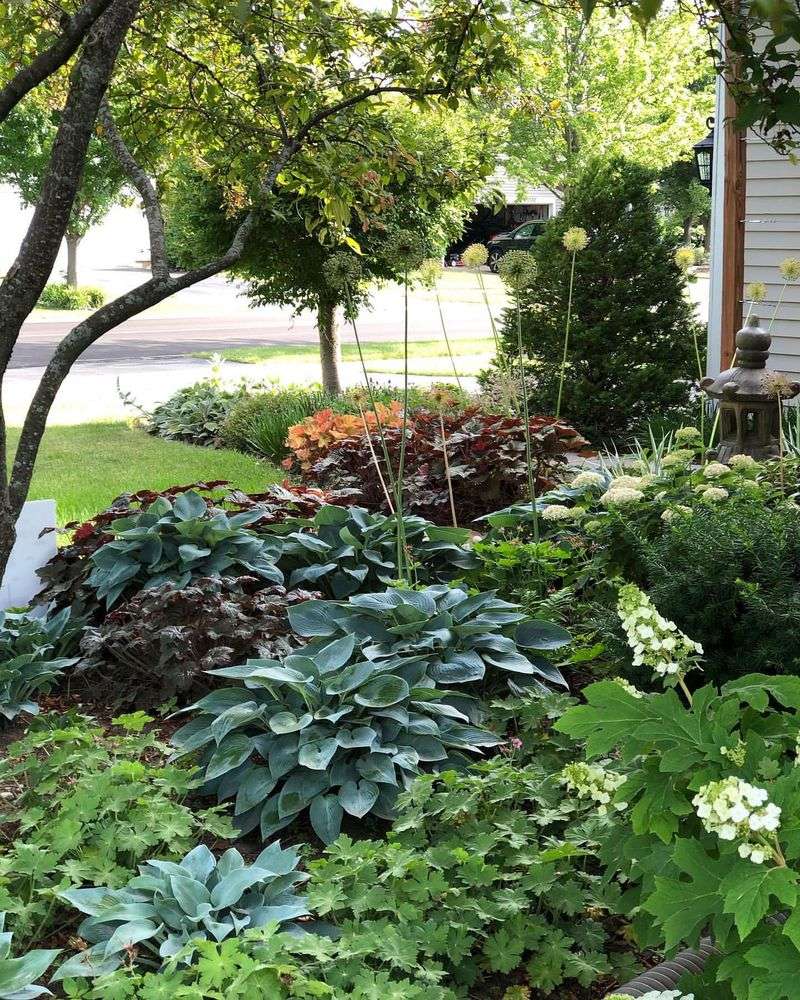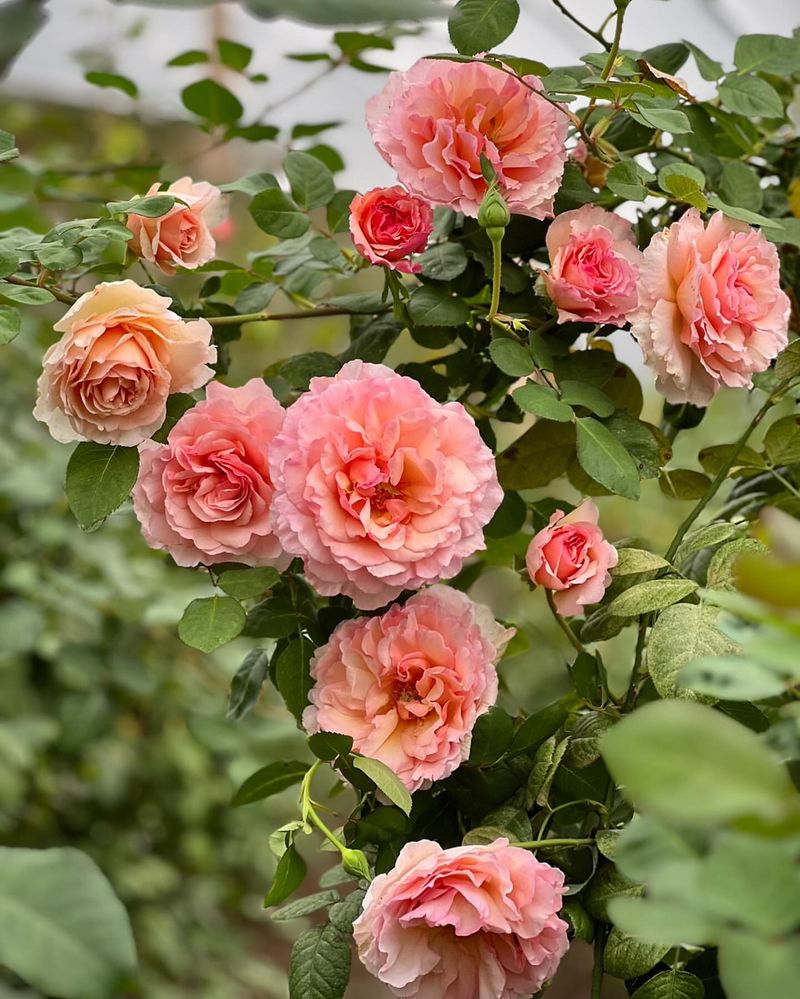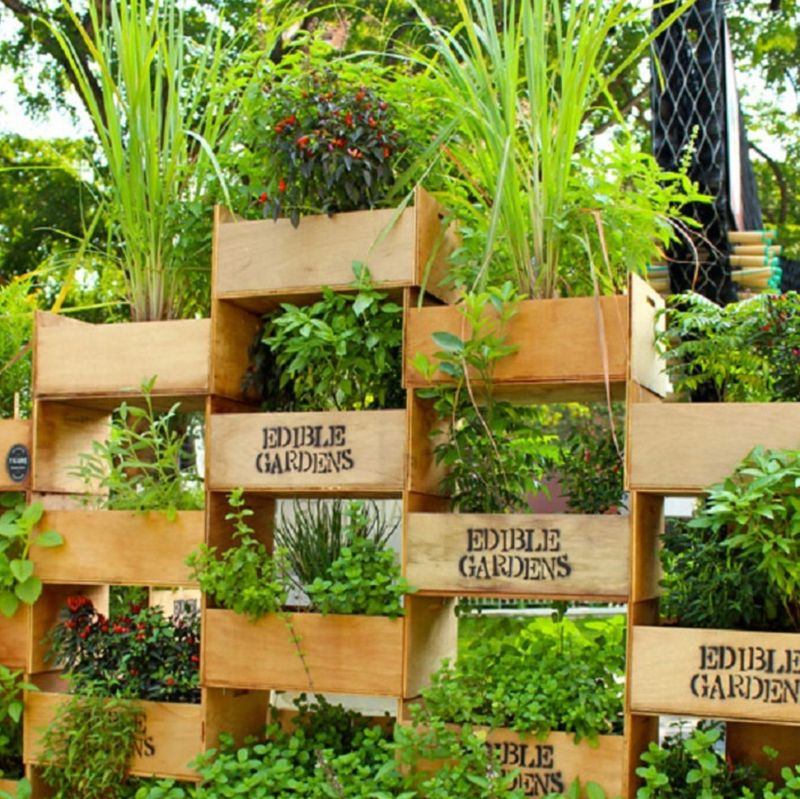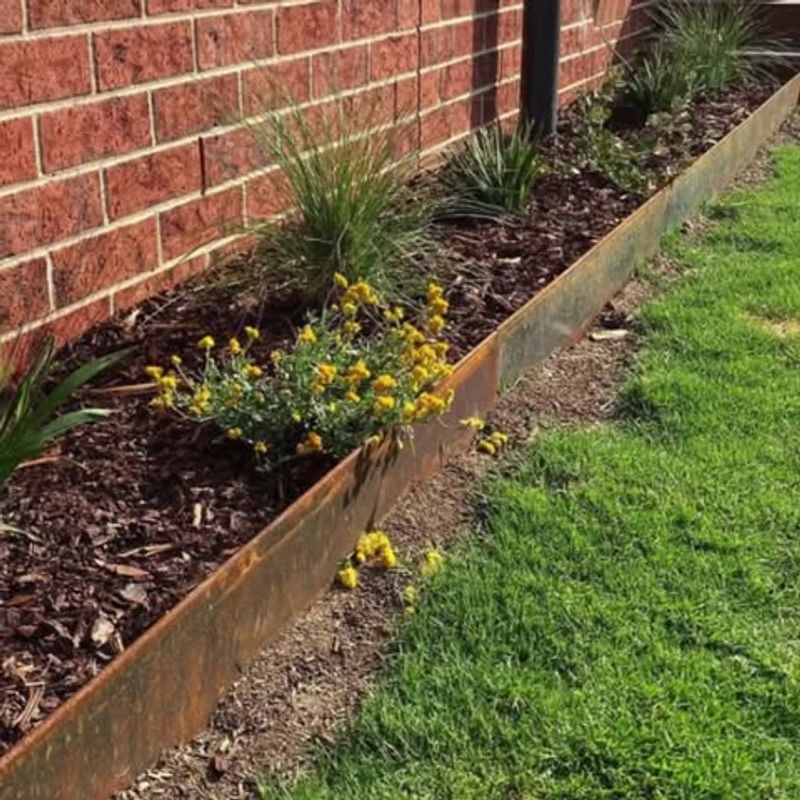Creating a thriving butterfly garden is a rewarding endeavor, but certain missteps can hinder your success.
Discover how to avoid these common pitfalls and ensure your garden becomes a sanctuary for these beautiful creatures.
1. Ignoring Native Plants
To attract butterflies, it’s crucial not to overlook native plants. These plants are naturally adapted to your region’s climate and provide the essential nectar and host plants butterflies need. Without them, the garden may not attract the vibrant visitors you desire. Instead, you might find your garden lacking in both beauty and butterfly activity.
Consider researching which native species thrive in your area. Incorporating these will not only beautify your garden but also support the local ecosystem. Native plants create a sustainable environment that’s more likely to flourish in your specific setting.
2. Overuse of Pesticides
Pesticides are often used to keep gardens pest-free, but they can also deter butterflies. These chemicals can be harmful to butterflies, especially at the caterpillar stage. If overused, pesticides can ruin your butterfly garden by creating a hostile environment. Butterflies are deterred by such harsh chemicals, leading to an empty garden space.
Opt for natural pest control methods. Encourage beneficial insects that prey on common garden pests, minimizing the necessity for pesticides. This not only preserves the butterflies but also enhances the natural balance of your garden.
3. Improper Watering Techniques
The way you water your garden can significantly affect its health and butterfly appeal. Poor watering techniques, such as overwatering or underwatering, can damage plants and discourage butterflies. Butterflies need water sources, but too much or too little can lead to plant diseases or dehydration. Consequently, your garden’s vitality and attractiveness diminish.
Water your garden early in the morning. This allows plants to absorb moisture before the heat of the day sets in. Providing a shallow water source or damp area can attract butterflies, ensuring they have a place to rest and drink.
4. Lack of Sunlight
Butterflies are sun-loving creatures, and without adequate sunlight, they are less likely to visit your garden. Sunlight provides the warmth that butterflies need to be active and plants need to thrive. If your garden is too shaded, it might become an unappealing spot for butterflies. They are less likely to flutter around in areas devoid of sunlight.
Make sure your garden receives plenty of sunlight throughout the day. Prune back overhanging branches or consider relocating your garden to a sunnier spot. This will create a more inviting environment for both butterflies and blooming flowers.
5. Ignoring Host Plants
While nectar plants attract adult butterflies, host plants are essential for laying eggs and feeding caterpillars. Neglecting these can result in a lack of butterfly life cycles in your garden. Host plants are the foundation for new generations of butterflies, providing caterpillars with necessary nourishment. Without these, your garden may attract fewer long-term butterfly residents.
Identify the host plants suitable for local butterfly species. Include these in your garden to support butterfly breeding. This creates a complete habitat for butterflies to flourish, ensuring a continuous presence of these delightful insects.
6. Too Much Lawn
A garden overly dominated by lawn can limit the diversity of plants butterflies need. Lawns provide little in terms of nectar or host resources for butterflies. This vast expanse of grass often lacks the variety and richness needed to support a thriving butterfly population. As a result, your garden may seem sparse and less inviting.
Consider reducing the size of your lawn. Replace sections with diverse flowering plants that cater to the needs of butterflies. This transformation can turn a plain garden into a vibrant butterfly haven, full of life and color.
7. Lack of Shelter
Shelter is vital for butterflies to rest, hide from predators, and escape harsh weather. Gardens without adequate shelter can expose butterflies to threats and discomfort. Tall plants and structures provide critical hiding spots and resting places. Without these, butterflies may seek refuge elsewhere, leading to a barren garden.
Plant tall shrubs and create diverse plant layers. These additions offer the necessary protection and calm for butterflies. A garden with such features is more likely to sustain a vibrant butterfly population, ensuring their frequent visits.
8. Incorrect Plant Spacing
Plant spacing impacts airflow and sunlight, crucial for plant health and butterfly activity. Crowded plants compete for resources, leading to weaker growth and fewer blooms. This can deter butterflies, as they seek flourishing, open spaces. A garden of crowded plants may fail to attract these vibrant visitors.
Ensure proper space between each plant. This enhances airflow, reduces disease risks, and maximizes sunlight exposure. Well-spaced plants create a more welcoming atmosphere for butterflies, encouraging them to grace your garden with their presence.
9. Monoculture Planting
Relying on a single plant species can limit the diversity of butterflies visiting your garden. Monoculture fails to provide varied nectar and host options. This lack of variety can lead to a garden that attracts fewer butterfly species. Ultimately, a garden with limited plant diversity may become monotonous and less lively.
Incorporate a variety of plants to attract different butterfly species. This diversity ensures a range of nectar and host plants. A diverse garden is more likely to draw a vibrant array of butterflies, creating a dynamic and colorful environment.
10. Using Non-Flowering Plants
Non-flowering plants, while green, do not offer nectar, crucial for attracting butterflies. Without vibrant blooms, butterflies may overlook your garden entirely. Flowers provide the nectar that sustains adult butterflies, making them vital for a butterfly-friendly garden. A garden solely filled with non-flowering plants lacks the allure butterflies seek.
Introduce a variety of flowering plants. This will provide the necessary food source for visiting butterflies. A garden rich in blooms not only draws butterflies but also adds visual beauty, turning your space into a lively and inviting butterfly haven.
11. Neglecting Seasonal Blooms
Focusing solely on single-season blooms causes gaps in your garden’s attractiveness to butterflies. Without year-round flowers, butterflies may not find sustenance throughout the year. A garden that lacks seasonal variety fails to provide continuous nectar sources. This can result in fewer butterfly visits during off-peak seasons.
Select plants that bloom in different seasons. This ensures your garden remains an inviting sanctuary year-round. Providing continuous blooms supports a consistent butterfly population, creating a garden that is lively in every season.
12. Ignoring Maintenance
A well-maintained garden is essential for attracting and supporting butterfly life. Neglect leads to dead plants, weeds, and a generally inhospitable environment. Without regular upkeep, plants can become overgrown or diseased, deterring butterflies. A neglected garden may fail to provide the sanctuary butterflies need.
Commit to regular garden maintenance. This includes pruning, weeding, and monitoring plant health. A tidy and thriving garden is more likely to attract and sustain a healthy butterfly population, making it a lively and appealing space.
13. Using Invasive Species
Invasive plants can quickly dominate a garden, outcompeting native species and disrupting the ecosystem. These aggressive plants often provide little benefit to butterflies. A garden overwhelmed by invasive species may repel butterflies, who seek more diverse and balanced environments. This can lead to a stark decline in butterfly activity.
Research and choose non-invasive plants. This supports a harmonious garden ecosystem. By opting for beneficial species, your garden will flourish, offering a welcoming space for butterflies to thrive without competition from invasive plants.
14. Ignoring Soil Quality
The health of your garden’s soil directly impacts plant growth and butterfly attraction. Poor soil quality can lead to weak plants that fail to bloom, reducing nectar availability. Without rich, fertile soil, your garden may struggle to sustain vibrant flora. This can lead to fewer butterfly visits, as they seek gardens with lush, healthy plants.
Amend soil with organic matter to improve its quality. Regularly test and adjust the soil pH and nutrients as needed. A healthy soil foundation supports thriving plants, making your garden more appealing to butterflies seeking abundant nectar sources.
15. Failing to Provide Mud Puddling Areas
Mud puddling is a behavior where butterflies seek minerals from moist soil, crucial for their diet. Without these areas, your garden may lack the nutrients butterflies need. This oversight can lead to a decline in butterfly visits, as they search for gardens providing essential resources. A garden without mud puddling spots may seem barren and uninviting.
Create shallow puddles or damp spots in your garden. This attracts butterflies, providing them with necessary minerals. Such areas enhance your garden’s appeal, making it a favored spot for butterflies seeking sustenance beyond nectar.
16. Ignoring Butterfly Safety
A safe environment is crucial for butterflies to thrive. Hazards such as sticky traps and strong netting can harm or deter them. A garden filled with these dangers may not attract butterflies, who sense and avoid risky areas. Consequently, your butterfly garden might become desolate and unappealing.
Ensure your garden is free from such hazards. Use gentle deterrents for unwanted pests and avoid elements that could trap or injure butterflies. A safe and serene garden environment encourages butterflies to visit, ensuring their frequent presence and making your garden a lively haven.
17. Lack of Variety
A garden lacking plant variety can seem uninspired and unappealing to butterflies. Diverse plant life ensures a range of nectar sources and habitats. Without it, your garden might attract fewer butterfly species, leading to a less vibrant environment. This uniformity can result in a garden that feels static and dull.
Introduce a wide range of plant species to your garden. This not only adds visual interest but also supports a diverse butterfly population. A varied garden is more likely to thrive and attract a multitude of butterflies, creating a dynamic and ever-changing landscape.
18. Excessive Pruning
Over-pruning can strip your garden of essential foliage and flowers. This can lead to a lack of nectar and shelter, deterring butterflies from visiting. While pruning is necessary, excessive cutting can harm your garden’s appeal. A garden with minimal foliage may seem uninviting to butterflies seeking blooms and cover.
Practice careful and strategic pruning. Aim to remove only dead or diseased parts, preserving as much foliage as possible. Balanced pruning supports healthy plant growth, ensuring your garden remains a welcoming place for butterflies to explore and thrive.
19. Wrong Plant Selection
Choosing plants that don’t cater to local butterfly species can limit your garden’s effectiveness. Such choices may not provide the necessary nectar or host plants butterflies need. This mismatch can result in a garden that fails to attract the butterflies you desire. Without the right plant selection, your garden’s potential diminishes.
Research and select plants known to attract local butterfly species. This ensures your garden provides the right resources for butterflies to thrive. A well-chosen plant palette turns your garden into a desirable retreat for butterflies, enhancing its beauty and ecological value.
20. Ignoring Climate Needs
Climate compatibility is key to a successful butterfly garden. Plants unsuited to your local climate may struggle and fail to attract butterflies. Without climate-appropriate plants, your garden can become a battleground against the elements. This struggle often leads to a garden that’s less inviting to delicate butterflies.
Choose plants that thrive in your specific climate. This ensures robust growth and a consistent nectar supply. A climate-suited garden not only flourishes but also attracts butterflies year-round, providing a reliable haven for these winged wonders.
21. Poor Garden Layout
An unplanned garden layout can confuse both visitors and butterflies. Without clear paths and focal points, your garden may lack flow and appeal. This chaos can deter butterflies from settling, as they favor gardens that are orderly and inviting. A haphazard layout might lead to a garden that feels cluttered and unwelcoming.
Design your garden with distinct areas and paths. This enhances its aesthetic value and makes it more accessible. An organized garden is more attractive to butterflies, encouraging them to explore and stay, bringing life and movement to your outdoor space.
22. Neglecting Water Features
Water features add aesthetic value and provide essential hydration for butterflies. A garden lacking water sources may fail to attract these delicate visitors. Without water, your garden risks becoming an arid and less vibrant environment. The absence of hydration can lead to a garden that feels incomplete and barren.
Incorporate fountains, birdbaths, or small ponds. These features offer both beauty and functionality, attracting butterflies. A garden with water elements is not only visually appealing but also more likely to become a lively gathering spot for butterflies.
23. Failure to Provide Resting Areas
Resting spots are crucial for butterflies to pause and warm themselves. Without these areas, butterflies may not linger in your garden. Resting spots like flat stones provide places for butterflies to bask in the sun. A garden devoid of such features may not appeal to butterflies seeking rest.
Add flat stones or logs to your garden layout. These provide ideal basking spots for butterflies. A garden equipped with resting areas is more likely to encourage butterflies to stay longer, enhancing your garden’s allure and activity.
24. Ignoring Beneficial Insects
Butterflies cohabitate with various beneficial insects that contribute to a healthy ecosystem. Ignoring these insects can lead to an imbalance in your garden. Without them, pest control becomes more challenging, and butterflies may find the garden less appealing. A garden lacking beneficial insects can seem lifeless and dull.
Encourage insects like bees and ladybugs in your garden. These allies aid in pollination and pest management. A garden buzzing with beneficial insect activity is more inviting to butterflies, creating a balanced and thriving environment.
25. Too Much Shade
Excessive shade can limit plant growth and butterfly visits. Butterflies thrive in sunny environments, where they can bask and feed. A garden with too much shade might become less appealing, leading to fewer butterfly visits. The lack of sunlight can result in a garden that feels dim and lacking vibrancy.
Trim back overgrown trees or relocate shade-causing structures. This will allow more sunlight to reach your plants. A sunnier garden is more likely to attract butterflies, creating a bright and inviting space filled with blooms and activity.
26. Neglecting Fragrance
Fragrant flowers greatly enhance a garden’s allure, drawing in butterflies. A garden lacking scent may not capture the attention of these sensitive creatures. Without fragrance, your garden might appeal less to butterflies seeking aromatic cues. This can lead to a garden that feels sterile and uninspired.
Incorporate fragrant flowering plants like lavender or lilac. These not only add delightful scents but also support butterfly attraction. A garden rich in fragrance becomes an inviting haven, appealing to both butterflies and humans alike.
27. Ignoring Vertical Space
Vertical space can add depth and interest to your butterfly garden. Neglecting this aspect leaves your garden feeling flat and uninspired. Without vertical elements, butterflies may miss out on perching and feeding spots. A garden lacking height can feel monotonous and less dynamic.
Use trellises, climbing plants, or tall structures. These additions create varied levels and interest, enhancing butterfly attraction. A garden that embraces vertical space is more likely to captivate butterflies, adding a sense of vibrancy and movement to your outdoor area.
28. Ignoring Garden Edges
Garden edges often receive less attention but play a crucial role in the overall health and appeal of your butterfly garden. Neglecting these edges can lead to encroachment by grass or unwanted plants.
Maintaining clean, clear edges helps define your garden space, making it more aesthetically pleasing. This tidiness prevents invasive species from sneaking in and competing with your chosen plants.

